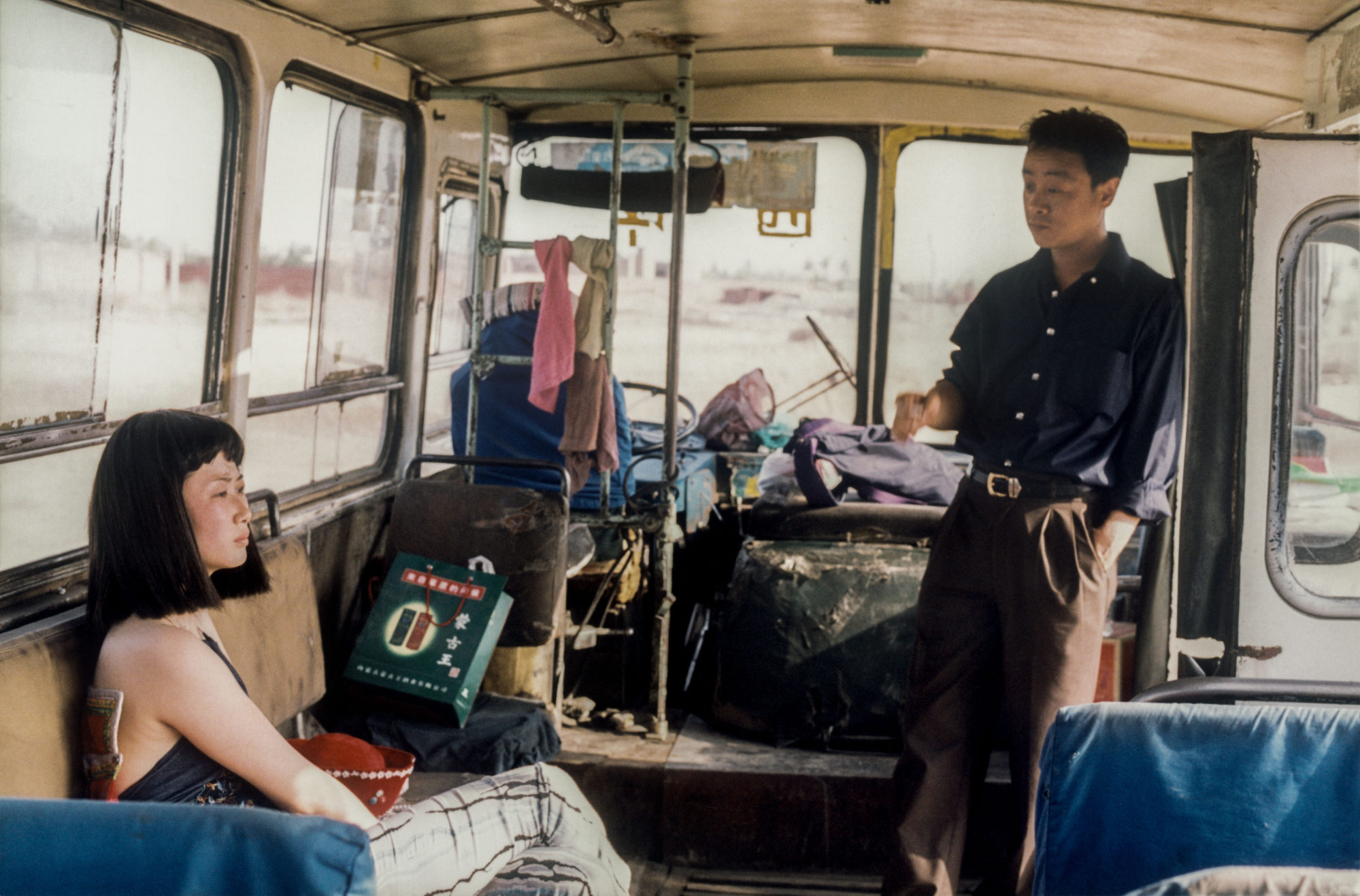
Review | Cannes 2024: Caught by the Tides movie review – Chinese auteur Jia Zhangke launches another nostalgia-tinged epic
- Mixing digital video footage of his hometown Jia shot in 2001, outtakes from his previous films, and newly shot scenes, Caught by the Tides is a nostalgia trip
- The fictional story, lightly sketched, of a romance between a dancer and a hoodlum is less engaging than scenes of lives uprooted for China’s Three Gorges Dam
3/5 stars
The same cannot be said for his own film screening at Cannes, however.

The film is at its most captivating and moving early on, when it is based largely around Jia’s own footage from 2001 in Datong, when the city was contending with deindustrialisation and the privatisation of state assets.
Mirroring Chantal Akerman’s From the East, a beautiful yet gut-wrenching record of post-communist Russia in the early 1990s, Jia’s film teases out the bleak uncertainty in provincial China through tracking shots of people waiting, close-ups of rugged faces, and interviews with workers and proto-entrepreneurs about their future.
Here, reality is much more poetic and engaging than fiction. Set against footage that oozes the real grit of its era, the film’s depiction of the relationship between dancer Qiaoqiao (Zhao Tao) and small-time hoodlum Bin (Li Zhubin) appears trivial.
The more the thinly sketched romance becomes centre stage, the less engaging Caught by the Tides becomes.
Yet Jia is due credit for his unwavering efforts to remind mainland Chinese millennial viewers of the struggles faced by previous generations as the country tried to find its feet in the face of the drastic social and economic upheavals of the early 21st century.

Set in towns which will soon be submerged as part of the Three Gorges Dam project in 2006, the second part of his film offers poignant depictions of people readying to leave their ancestral homes, and the things they leave behind.
Here, Qiaoqiao is more observer than protagonist, as she witnesses the uncertainty swirling around her while she searches, in vain, for Bin, who has vanished.
The film’s final part is also its least convincing. The reunion of the now middle-aged lovers does not live up to its potential, nor does Jia’s depiction of the much changed Datong say much about how things stand in China today.
For those who witnessed these changes up close, Jia has delivered something that is as much about nostalgia as it is about loss – loss of progress, of edgy rock music, and of camaraderie among the masses.

